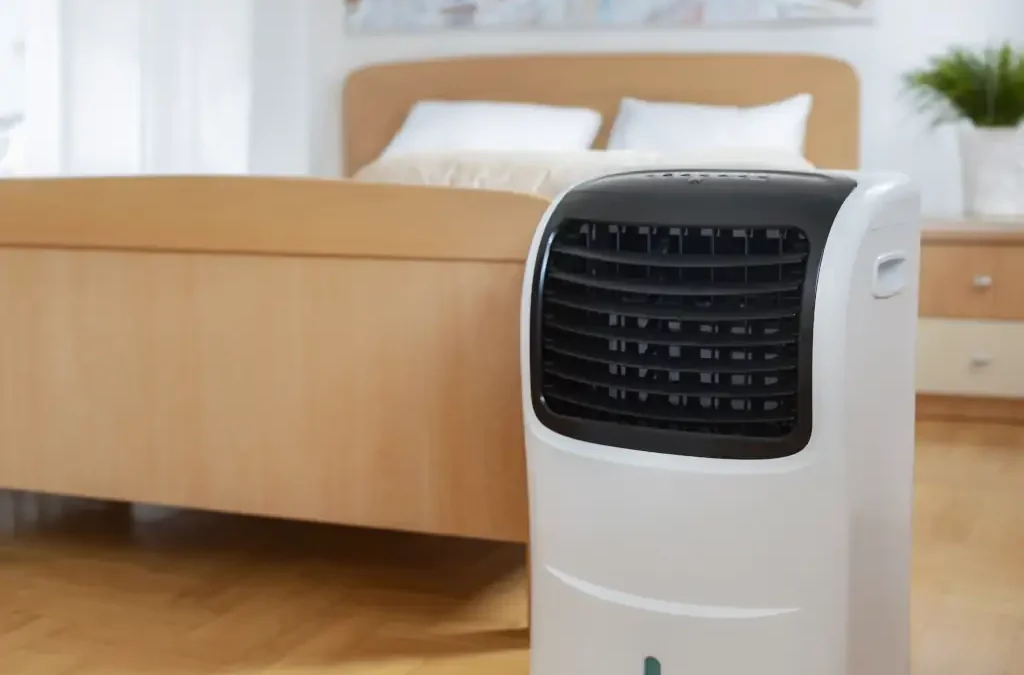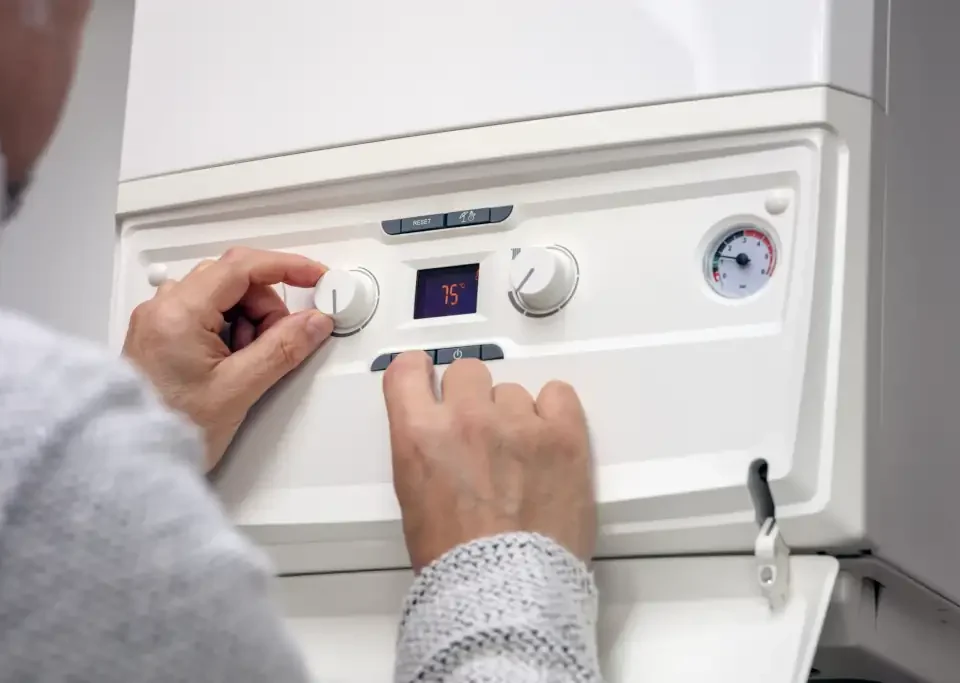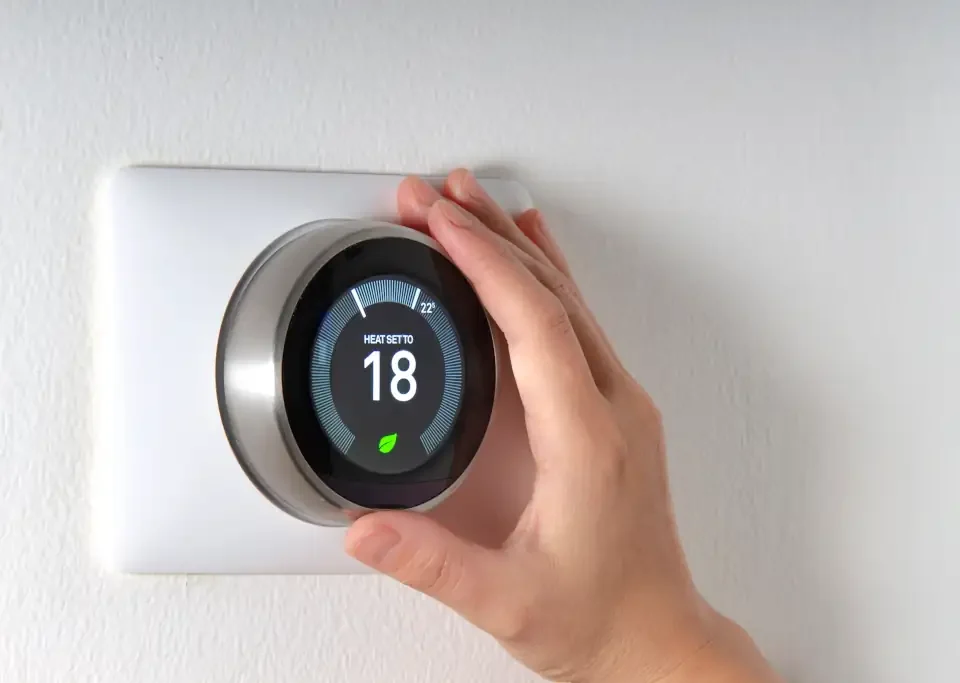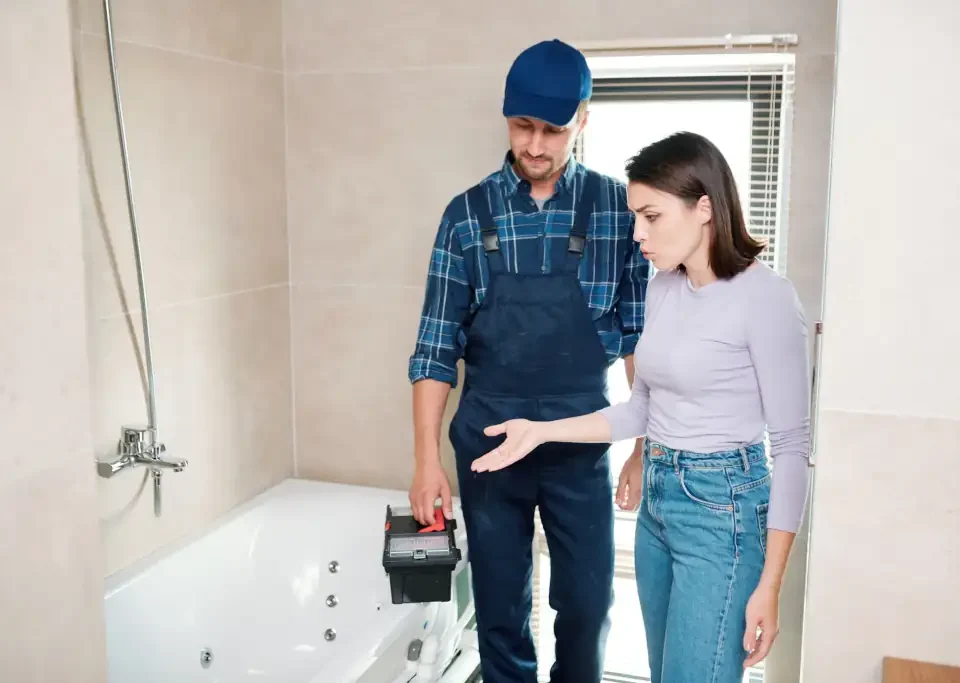How to install portable air conditioning

Installing a portable air conditioner is generally straightforward and doesn’t require professional help, making it a convenient solution for cooling individual rooms. Here’s a detailed step-by-step guide based on experience with standard models available in the UK:
1. Choose the Right Location
First, pick a room with a window nearby, as all portable air conditioners need to vent hot air outside. The unit should also be close to a power socket and placed on a level floor. Make sure there’s at least 30–45cm of clearance on all sides for proper airflow.
Avoid:
- Carpets if the unit has wheels (they may not roll well)
- Direct sunlight, which can reduce efficiency
2. Check the Window Kit Compatibility
Most portable air conditioners come with a window kit. These are usually designed for sash or sliding windows (commonly found in UK homes). If you have outward-opening casement windows, you may need to improvise with acrylic panels or foam seals.
A typical window kit includes:
- Adjustable plastic panels
- Exhaust hose
- Hose connector/adaptor
Make sure your window opening is within the size range supported by the panel.
3. Install the Window Kit
Extend the window kit panel to fit your window and secure it in place. It should create a fairly tight seal to prevent warm air from leaking back inside. You can use foam strips or draught blockers to improve the seal further.
Tips:
- Cut the panel to size if necessary, but check the manufacturer’s instructions first.
- For vertical windows, mount the panel vertically and close the window against it.
4. Attach the Exhaust Hose
Connect the hose to the air conditioner unit. It should twist or click into place depending on the design. Then, attach the other end of the hose to the adaptor on your window kit.
Keep the hose as short and straight as possible to allow efficient hot air expulsion. Avoid bending or extending it too far, as this can trap heat or overwork the unit.
5. Secure the Hose and Seal Any Gaps
Once the hose is fitted through the window panel, seal any remaining gaps. You can use insulation tape, weatherstripping, or purpose-made sealing kits sold online or in DIY stores. This improves cooling performance and energy efficiency.
6. Plug In and Power On
Now you’re ready to plug the unit into the mains. Most portable air conditioners use a standard UK 13A plug. Switch the unit on and select your desired settings – typically, you’ll choose between cooling, fan-only, or dehumidifier mode.
Set the temperature a few degrees below the current room temperature for gradual cooling. Most units also allow timer settings and fan speed adjustment.
7. Drain the Water (When Needed)
Portable ACs extract moisture from the air, which collects in an internal reservoir or drains through a hose. Some models are self-evaporating, but many need occasional emptying, especially in humid weather.
Two main drainage options:
- Manual drainage: A warning light will alert you when the tank is full. Place a container under the drainage plug to empty it.
- Continuous drainage: Connect a hose to the drain outlet and direct it to a floor-level drain or out a window.
8. Maintenance Tips
- Clean the filters regularly – ideally once every fortnight. Dirty filters reduce performance and increase energy usage.
- Keep the hose free of kinks and check for leaks or blockages.
- Wipe down the unit and vacuum around it to prevent dust build-up.
Additional Notes
- Noise: Portable units aren’t silent. Expect an average of 50–60 decibels (about the level of a normal conversation).
- Energy Use: Look for models with a high energy rating (A or above) and features like eco mode or sleep mode.
- Local regulations: Check whether your local authority has any restrictions on window venting, especially in flats or listed buildings.
If you’re using a unit during a UK summer, keep in mind that performance can be affected by unusually hot or humid days. Managing blinds, keeping doors shut, and running the AC early in the day can help maintain a cooler indoor environment more effectively.



